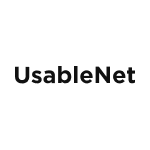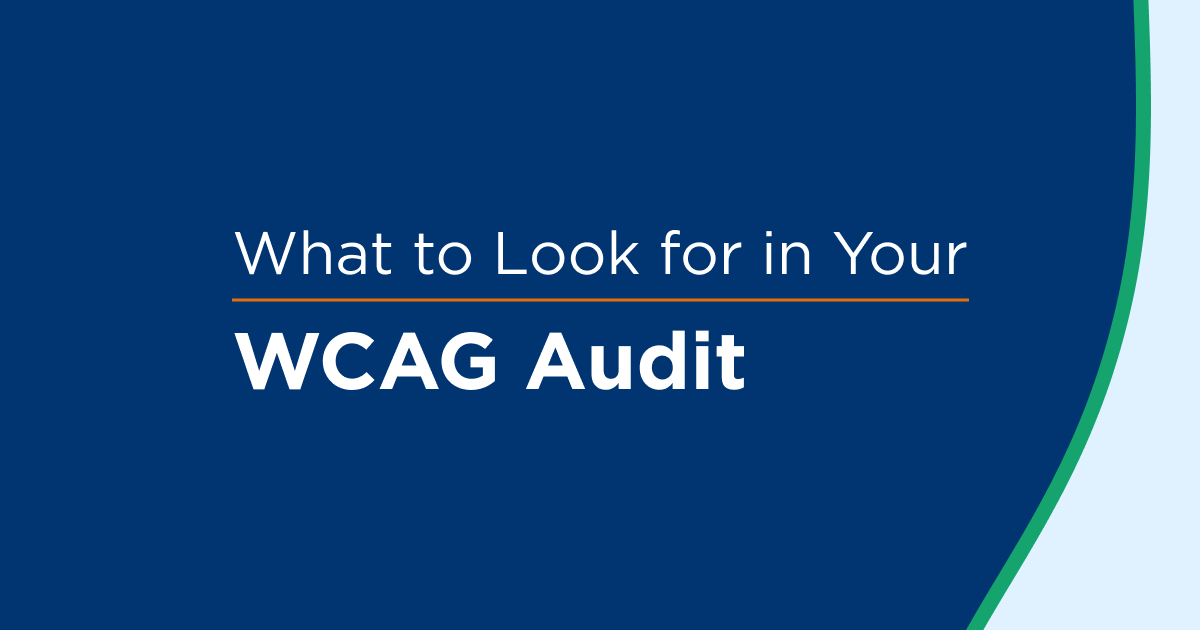As digital accessibility becomes an increasingly important focus for businesses, understanding the differences and similarities between EN 301 549 vs. WCAG is essential for compliance. Both standards aim to ensure that digital platforms are accessible to individuals with disabilities, but they serve different regions and operate within distinct legal frameworks.
EN 301 549 is the European Union's standard for accessibility in Information and Communication Technology (ICT) products and services, while WCAG (Web Content Accessibility Guidelines) provides globally recognized guidelines for web content accessibility.
Knowing how these two standards align—and where they differ—can help you strengthen your accessibility compliance efforts, especially if you're doing business in the EU.
What Is EN 301 549?
EN 301 549 is the European standard outlining accessibility requirements for Information and Communication Technology products and services. It includes websites, software, mobile apps, hardware, and multimedia. It plays a foundational role in digital accessibility standards across the European Union and is legally enforceable under the European Accessibility Act, which became enforceable as of June 28, 2025
What Are the Web Content Accessibility Guidelines (WCAG)?
The Web Content Accessibility Guidelines (WCAG), developed by the W3C, define how to make web content more accessible to people with disabilities. WCAG is organized around four principles—Perceivable, Operable, Understandable, and Robust (POUR)—and includes testable success criteria at multiple levels (A, AA, AAA).
Read more about the latest updates in WCAG 2.2
| Feature | EN 301 549 | WCAG |
| Region of Application | EU (mandatory for EAA-covered services) | Global standard (adopted or used in many countries and legal contexts) |
| Legal Requirement | This is referenced in the European Accessibility Act, which makes conformance to accessibility requirements legally required for certain digital products and services sold to customers in the EU. | Not a law or regulation; not referenced in the ADA; used as a de facto standard in legal settlements and accessibility policies |
| Technical Scope | Includes WCAG plus additional ICT requirements | Applies to digital content and interfaces, including websites, mobile apps, and online tools |
| Current Version Referenced | WCAG 2.1 AA (WCAG 2.2 expected) | The latest version is WCAG 2.2 (published October 2023) |
| Proof of Compliance | Relies on testing and documentation aligned with technical requirements—legal obligations to demonstrate compliance come from the laws that reference the standard, such as the EAA. | There is no legal proof requirement. Used as a reference in accessibility programs and litigation, but no official legal mandate in the U.S. |
EN 301 549 vs. WCAG: How the Standards Work Together
EN 301 549 incorporates WCAG 2.1 AA for web and software accessibility. A new version of the standard is expected to align with WCAG 2.2. For businesses already working toward WCAG compliance, this alignment means the technical foundation is often already in place.
However, EN 301 549 expands beyond the web. It includes broader ICT requirements and demands verifiable implementation, which adds layers to accessibility strategies. For example:
- WCAG focuses on technical conformance.
- EN 301 549 requires documentation and proof of accessibility features.
- EN 301 549 also touches on hardware, documents, and support services—not just websites.
While WCAG compliance might get you most of the way there, EN 301 549 ensures your entire digital ecosystem meets accessibility regulations in the EU.
Learn more about how to achieve EAA compliance.
Choosing the Right Framework for Your Business
If your organization offers digital services to EU consumers or sells ICT products in the EU, compliance with EN 301 549 is mandatory under the EAA. This is also true for companies based outside the European Union.
Discover more resources on how to meet European accessibility laws
WCAG remains the most recognized global standard for digital accessibility. In the U.S., while the ADA does not reference WCAG directly, it is frequently used as the technical benchmark in digital accessibility lawsuits and settlement agreements.
Why EN 301 549 Compliance Requires More Than Automation
One critical point both standards stress is that automated tools can only take you so far. Manual testing is essential to capture user experience issues that machines often miss—such as screen reader compatibility, keyboard navigation, or how content adapts dynamically.
At UsableNet, our accessibility compliance services combine automation with expert manual testing to help you meet both WCAG and EN 301 549 standards.
Legal And Regulatory Impacts
Unlike WCAG, which serves as a guideline, EN 301 549 carries legal weight. Under the European Accessibility Act, each EU member state enforces compliance differently, with penalties ranging from fines to, in some countries, potential criminal liability for persistent violations.
For example:
- France: Fines up to €250,000
- Sweden: Up to €200,000
- Ireland: Fines up to €60,000 or imprisonment (in extreme cases)
- Belgium: Maximum of €50,000
How To Stay Compliant
To ensure you're meeting the right digital accessibility standards, follow these steps:
- Audit your digital platforms using WCAG and EN 301 549 requirements.
- Document your processes to show proof of implementation.
- Test manually to ensure functional accessibility across platforms.
- Monitor updates from W3C and EU standard bodies.
- Create an accessibility statement if required by related legislation.
Frequently Asked Questions
What are the penalties for non-compliance with EN 301 549 or WCAG?
EN 301 549 enforcement is handled by regulators in each EU member state. Penalties vary widely, and non-compliance may also impact eligibility for procurement or government contracts. WCAG non-conformance, particularly in the U.S., can lead to ADA lawsuits and settlements.
Can businesses use automated tools to comply with EN 301 549 and WCAG?
No. While automation helps identify common issues, it cannot fully satisfy the requirements of WCAG or EN 301 549 alone. Human testing is required.
How can businesses stay updated on changes to EN 301 549 and WCAG?
- Monitor W3C WCAG updates
- Follow UsableNet's blog
- Watch for updates to EN 301 549 through EU standardization bodies
Final Thoughts
For organizations already working toward WCAG 2.1 AA compliance, the path to meeting EN 301 549 requirements under the European Accessibility Act may be more familiar than expected. The standards are closely aligned from a technical standpoint, so your team may already be addressing many core accessibility requirements.
However, compliance with EN 301 549 goes beyond technical conformance. It also includes clear documentation and validation processes. Accessibility statements, while not part of EN 301 549 itself, may be required under separate EU laws depending on your sector or service type.
With the June 28, 2025 deadline approaching, now is the time to assess your organization's standing, identify any remaining gaps, and formalize your compliance strategy. Whether managing multiple websites across markets or coordinating accessibility across global teams, a proactive approach will reduce risk and help ensure readiness ahead of enforcement.








